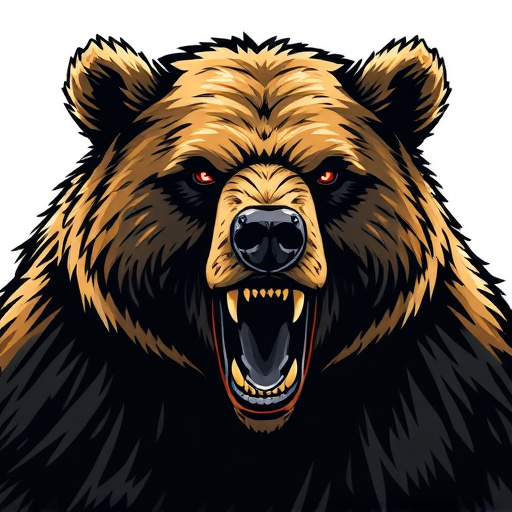Bear spray's effectiveness depends on staying within the 30-foot (10-meter) shooting range, factoring in wind, weather, and terrain. Mastery of usage techniques, including assessment, aiming for the face and eyes, considering wind direction, and regular practice, ensures safety and optimizes bear spray's reach up to this distance.
Bear spray is a powerful tool for self-defense in bear country, with an effective shooting distance range of up to thirty feet. Understanding the dynamics of this range and the factors influencing its accuracy is crucial for maximizing safety during encounters. In this article, we’ll explore how various elements impact the reach of bear spray, offering insights to help you make the most of this essential tool when faced with a grizzly or black bear.
- Understanding Bear Spray Range Dynamics
- Factors Influencing Effective Distance
- Maximizing Safety Within Thirty Feet
Understanding Bear Spray Range Dynamics
Understanding the dynamics of bear spray effective range is crucial for anyone venturing into areas where bears are present. The standard recommended shooting distance for bear spray is around thirty feet (10 meters). This range ensures that the spray reaches the bear while allowing users enough space to retreat or de-escalate the situation.
The effectiveness of bear spray diminishes significantly beyond this range, making it essential to remain within the recommended zone. Factors such as wind direction, weather conditions, and terrain can also impact the reach and accuracy of the spray. Therefore, being aware of these variables and staying alert is vital for effective use in case of a bear encounter.
Factors Influencing Effective Distance
The effectiveness of bear spray depends heavily on various factors that influence the shooting distance range. One key aspect is the user’s accuracy—how precisely they can aim and spray the bear spray at close proximity. Proper technique, including using a steady hand or aiming mechanism, ensures the aerosol reaches its intended target.
Another crucial element is environmental conditions. Wind direction and speed play a significant role in determining where the spray will land. A headwind helps direct the spray towards the bear, while a tailwind could potentially blow it back towards the user. Additionally, terrain and elevation changes can affect the range; inclines might reduce distance due to gravity, while depressions or water bodies could reflect or absorb the spray’s reach.
Maximizing Safety Within Thirty Feet
Maximizing safety within thirty feet, the effective shooting distance of bear spray, requires understanding and practicing proper usage techniques. When faced with a bear, it’s crucial to assess the situation quickly. Stand your ground and do not run, as this can trigger an attack. Aim for the bear’s face and eyes—these areas are highly sensitive, and spraying directly at them can deter an aggressive charge effectively.
Keep in mind that wind direction plays a significant role in bear spray effectiveness. Spraying into the wind might reduce the range and coverage, while spraying with the wind allows for greater reach and better distribution of the spray. Always carry your bear spray responsibly, ensure it’s easily accessible, and familiarize yourself with its operation. Regular practice sessions can help you become more comfortable and confident in using bear spray within this critical thirty-foot range.
Bear spray is an essential tool for personal safety in bear country, with an effective shooting distance of up to thirty feet. By understanding range dynamics and factors influencing this distance, individuals can maximize their safety within this critical zone. Knowing how to properly deploy bear spray when facing a close encounter enhances the chances of deterring aggressive bears effectively, making it a crucial skill for outdoor enthusiasts and residents in bear habitats alike.
